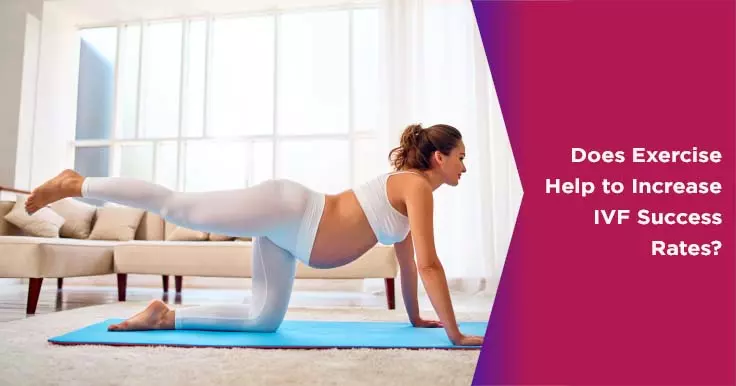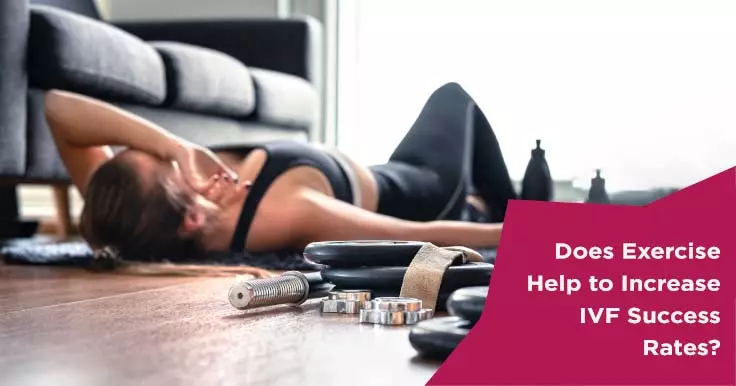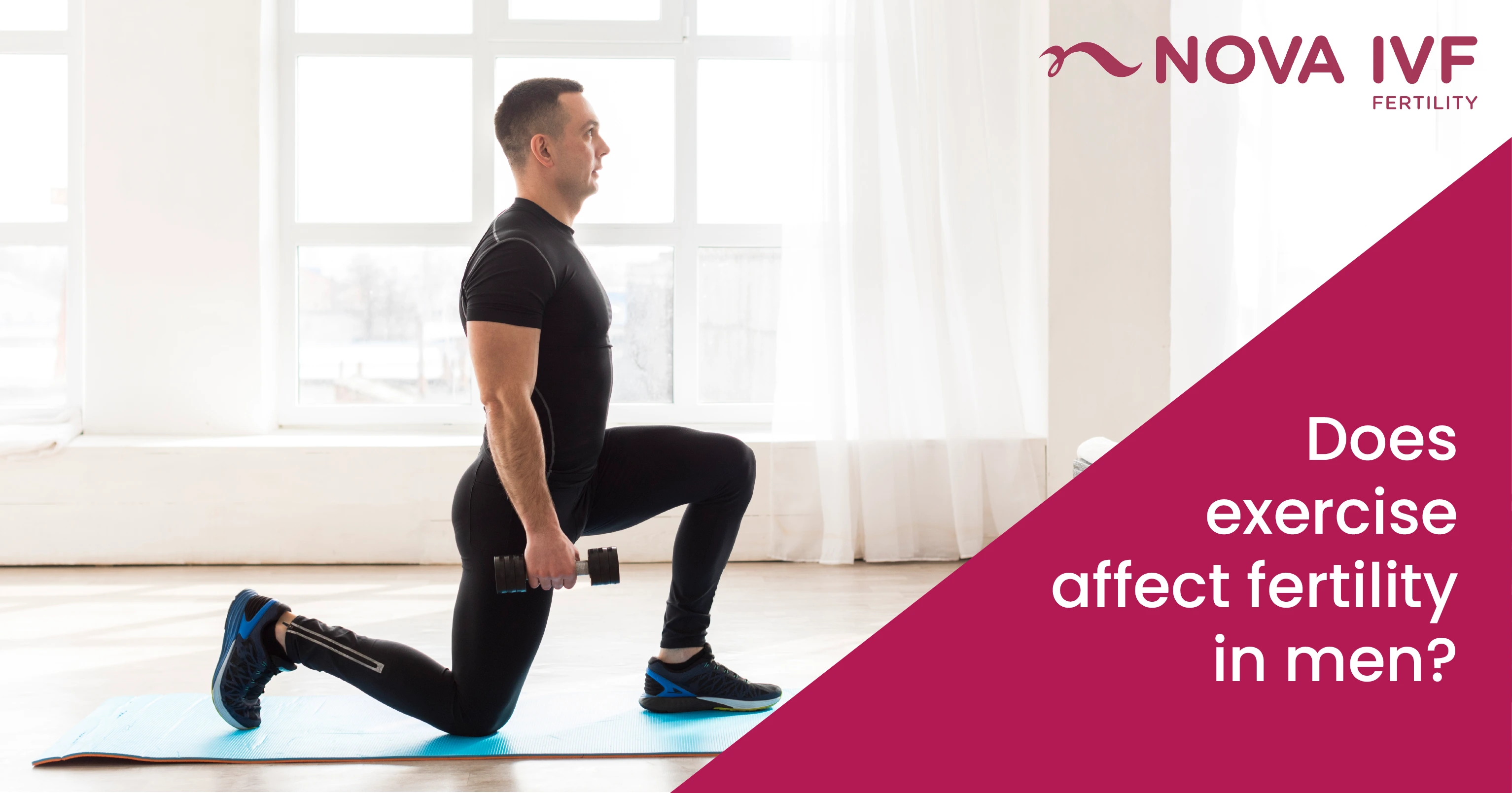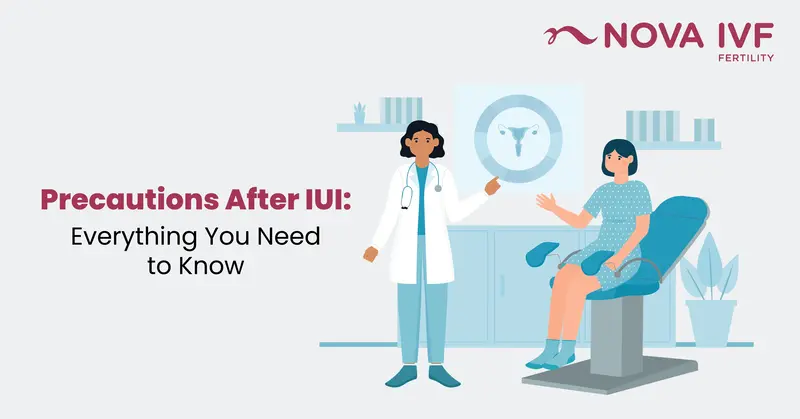How Exercise Can Enhance IVF Success Rates?

IVF is a popular mode of treatment for infertility. The first step of IVF is to stimulate ovulation with the help of medication. The eggs are then harvested along with a sperm sample from the to-be father. The sperm and egg are then used to create an embryo in an IVF lab. This embryo is then inserted into the woman’s womb where the rest of the pregnancy development occurs. Though IVF is common, it does not have the same success rate for all couples.
What Affects the Success Rate of IVF?
The success rate for an IVF cycle depends on many factors including age, type of infertility, the type of medication used to stimulate ovulation etc. Exercise also influences the success rate for an IVF cycle. However, you should be careful about the type of exercise you do. High-intensity exercises should be avoided as they could interfere with the pregnancy. When it comes to IVF and exercise, you should be very careful about the type of exercise being performed and the duration of exercise.
What Exercises are Good for You?
Low impact exercises are ideal for women undergoing IVF. This includes walking, jogging and yoga. These exercises help maintain an optimum BMI by reducing weight and lower stress levels. Exercise also helps reduce the risk of a miscarriage and other pregnancy-related complications. For women who are underweight, exercise can help build muscles and boost estrogen levels.
Ideally, one should try and exercise for about half an hour every day. Do not overdo it as too much exercise can have an adverse impact on IVF success rates. Avoid strenuous exercises like running, weightlifting and gym workouts. In addition to exercises, expectant mothers must also pay close attention to their diet. Eat wholesome, nutritious meals that include plenty of fresh fruits and vegetables.
 Infertility Counselling
Infertility Counselling Female Infertility Treatment
Female Infertility Treatment Andrology Treatment
Andrology Treatment Fertility Enhancing Surgeries - Female
Fertility Enhancing Surgeries - Female Fertility Enhancing Surgeries - Male
Fertility Enhancing Surgeries - Male Endoscopy Treatment
Endoscopy Treatment IUI Treatment
IUI Treatment IVF Treatment
IVF Treatment ICSI Treatment
ICSI Treatment Advanced IVF Solutions
Advanced IVF Solutions Embryology
Embryology Vitrification Egg, Embryo, Sperm Freezing
Vitrification Egg, Embryo, Sperm Freezing Preimplantation Genetic Testing (PGT)
Preimplantation Genetic Testing (PGT) Donation Program Embryo / Egg / Sperm
Donation Program Embryo / Egg / Sperm Self-cycleTM IVF
Self-cycleTM IVF

 Self-cycleTM IVF
Self-cycleTM IVF










